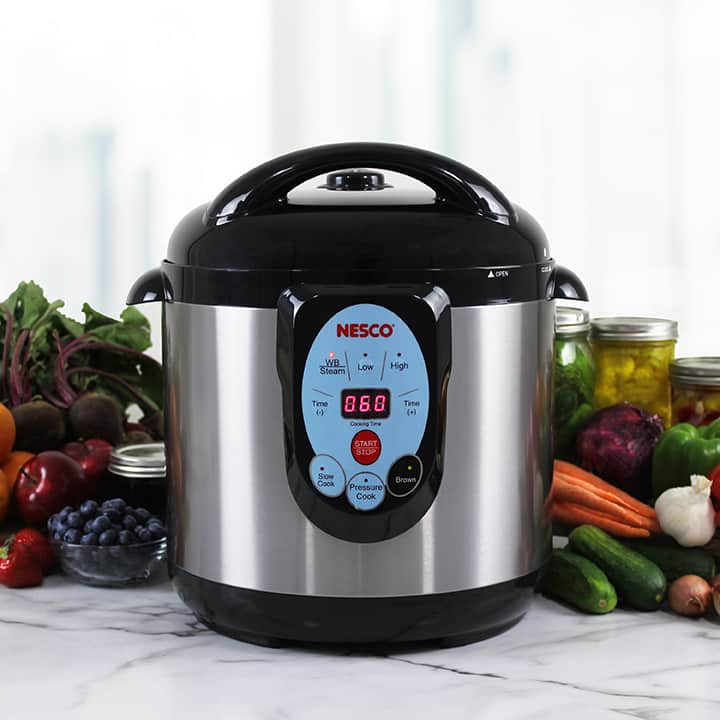Let’s start by debunking a couple unfounded statements floating around the internet. For starters, there is this ridiculous claim that the USDA certifies small appliances as being “safe for use”. Okay people – that is not the case. The USDA does not have anything to do with certifying appliances whatsoever.
What does the USDA certify?
There are three primary types of USDA certifications for packaged goods: meat, poultry, egg manufacturing and organic labels. First, there is USDA meat inspection labeling. The USDA’s Food Safety and Inspection Service (FSIS) certifies meat sold commercially across state lines. Second, there is USDA shell egg grading, which is a voluntary service for which shell egg producers choose to pay. These labels certify that eggs have met sanitary and quality standards. Third, and final, USDA certification indicates a product’s organic status. Foods with a USDA organic certification must meet several requirements established by the USDA and must be produced according to federal guidelines.
As you can see, there is nothing about the USDA that regulates, or certifies, small appliances. It is safe to say the ridiculous claim digital canners are unsafe because they are not approved by the USDA is debunked. The USDA merely recommends using a pressure canner to preserve low acid food in glass jars.
So how are small appliances tested and certified?
UL Solutions has been working with small appliance manufacturers for more than 100 years. Their goal is to simplify the safety certification process while still providing the highest level of engineering and technical expertise expected by their clients. The UL Certification Mark is one of the most widely recognized and trusted symbols of safety for consumers globally, giving UL Certified products a clear path to market acceptance.
NSF, National Sanitation Foundation, is a non-profit organization founded in 1944, whose goal was to create standards for food safety and sanitation to promote public health. NSF accredited third-party certification provides all stakeholders – industry, regulators, users and the general public – assurance that a certified product, material, component or service complies with the technical requirements of the referenced standard.
And then there is ETL Intertek Listing…
The ETL Mark is proof of product compliance to North American safety standards. Authorities Having Jurisdiction(AHJs) and code officials across the US and Canada accept the ETL Listed Mark as proof of product compliance to published industry standards. A product that is ETL listed has been tested by ETL and verified as safe for consumer use. ETL is a member of OSHA’s Nationally Recognized Testing Laboratories, and as such, ETL’s safety standards follow those set forth by the NRTL program.
And guess what… Both the Presto and Nesco digital canners have the ETL Mark proving they comply with nationally regarded safety standards. AND both digital canners follow the USDA recommendations for home canning and preserving food in glass jars.


